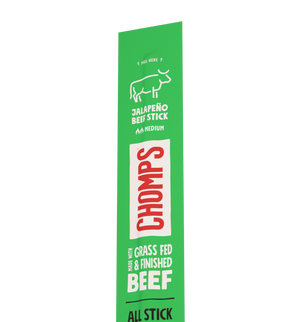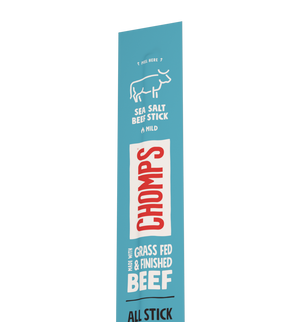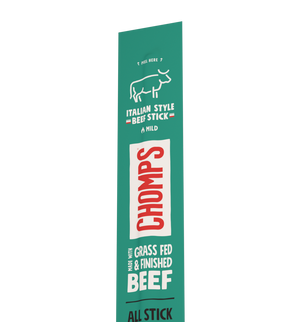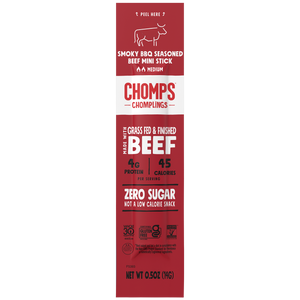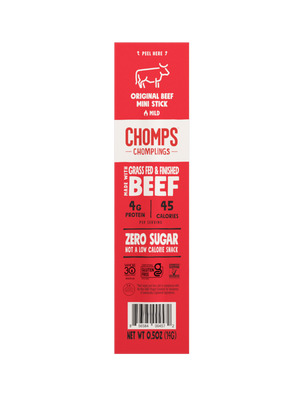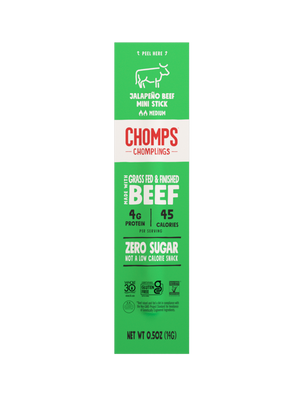The habanero pepper may be small, but don’t let it fool you. If you’re wondering, are habanero peppers hot, yes!
They are celebrated for their intense heat and fruity undertones, which make habaneros a unique ingredient in many cuisines in Mexico, Central America, the Caribbean, and parts of the United States. If you want to add a fiery kick to your salsas and marinades, habanero is the pepper for you.
However, it’s important to be aware of a habanero’s heat factor before blindly biting into one or tossing it into a dish and hoping for the best. While its potent flavor can be an asset to many dishes, it also requires careful handling so as not to overwhelm a recipe or put you at risk of accidentally burning your eye with your hand.
Mastering the habanero is a great culinary skill regardless of your cooking expertise, and understanding the habanero spice level is an essential first step.
The History of Habanero Peppers
Habanero peppers are beloved in many regions for many reasons. Let’s take a closer look at what makes habaneros so special, including how they’re grown and a few varieties.
Origins and Cultural Significance
While habanero peppers are native to the Amazon, their culinary use has since spread across the globe, particularly in Mexican and Caribbean dishes.
Not only are they used in the kitchen, but habaneros hold deeply rooted cultural values even today. Ancient civilizations often incorporated habaneros in spiritual and medicinal uses, as they were thought to have purifying and protective properties.
Cultivation and Varieties
Give habanero plants a warm climate and enough sun, such as in places like the Yucatán Peninsula, and they will thrive. Within 3-4 months, the plants produce glossy, bright peppers that evolve from green to orange and red, getting hotter as they ripen. When cultivated, habaneros are handled with care to avoid bruising and retain their freshness from farm to consumer.
There are several varieties of habanero peppers, such as:
- Red Savina: Known for its intense heat and fruity flavor, this was once the hottest pepper in the world.
- Caribbean Red: Slightly milder than Red Savina, but still very hot with a bright, spicy flavor.
- Chocolate Habanero (Congo Black): Known for its rich, smoky flavor and slightly lower heat; popular in Caribbean dishes.
- Orange Habanero: The classic habanero variety with a balance of heat and fruity sweetness; commonly used in sauces and salsas.
- White Habanero: A rare, smaller variety with intense heat and a slightly tangy, floral flavor.
- Mustard Habanero: Has a unique mustard-yellow color when ripe, with a moderate heat level and earthy taste.
Each type of habanero has its own unique flavor and heat profile, allowing for experimentation in the kitchen.
What Does Habanero Peppers Taste Like?
Habaneros are sometimes described as a combination of fruit and fire. Along with their intense heat, many people describe habanero peppers as having a fruity, floral, and/or smoky undertone. When they’re eaten fresh, habaneros typically have a crispy bite to them, offering hints of citrus or apricot.
The natural heat and fruitiness of a habanero can pair well with sweet or savory dishes. That’s why they’re often incorporated in sauces, marinades, and salsas that can be used in many types of recipes.
When you cook a habanero, perhaps by roasting or sauteing them, their heat level comes down slightly. This allows for some of their fruitier flavor to come through alongside their spice.
How Hot is a Habanero Pepper?
Is habanero spicy? Yes, but just how fiery are they? Here’s what to expect from a habanero on a scale of I can eat this without making a weird face to There are flames shooting out of my nostrils hot.
The Scoville Heat Scale Explained
If you want to know how a spicy food, like a habanero, measures up in terms of its heat compared to other things, the Scoville scale is a helpful tool. This is a measurement system used to gauge spiciness by determining the concentration of capsaicinoids (capsaicin in peppers) — the compounds responsible for the heat.
The Scoville scale (originally called the Scoville Organoleptic Test) is named after Wilbur Scoville, a chemist who created it to assess the spice levels of chili peppers in the early 1900s. The scale uses Scoville Heat Units (SHU) to quantify this heat, a tool that remains helpful today.
Which brings us to our next question: How many Scoville units is a habanero?
Habanero Spice Level
While the common jalapeño has a SHU of around 3,500-8,000 units, the habanero pepper Scoville takes the cake with a rating of 100,000 to 350,000. In other words, the habanero is hotter than your average chili.
Comparative Heat Levels of Peppers
Where do habaneros fall versus other common peppers in terms of expected heat and spiciness? Here’s a comparison of habanero spice level to other peppers, to help you determine the best uses for the type of pepper you have.
|
Spice Level (Scoville Heat Units) |
0 SHU |
0-500 SHU |
2,500-8,000 SHU |
3,500-5,000 SHU |
100,000-350,000 SHU |
855,000-1.4M SHU |
|
Type of Pepper |
Bell Pepper |
Banana Pepper |
Jalapeño |
Serrano |
Habanero |
Ghost Pepper |
How to Enjoy Habanero Peppers
Ready to dip your toes into the world of habaneros? Rather than jumping headfirst, if you’re not used to quite the raw habanero spice level yet, consider starting with a snack that contains habanero, like a beef jerky stick.
Personally, we’re fans of our Chomps Habanero Beef Stick, made with grass-fed and finished beef and a spicy combo of habanero and coriander, providing just 100 calories and 10 grams of protein.
For other spicy flavors with a little less kick, consider Chomps Jalapeno Beef or Smoky BBQ Beef, or our taco-flavored varieties for a milder (but still warm) variety. We also recommend the fan favorites, our Original Beef, and Original Turkey sticks. Enjoy these on their own or in some of our Chomps recipes.
Habanero Spice Level FAQs:
Is a habanero hotter than a jalapeño?
Yes, habanero spice level is significantly hotter than a jalapeño. While jalapeños measure around 2,500–8,000 SHU, habaneros range from 100,000 to 350,000 SHU, delivering a much more intense heat.
Is it healthy to eat habaneros?
Yes, eating habaneros in moderation can be healthy. They’re rich in vitamins C and A, antioxidants, and capsaicin, which may support metabolism, reduce inflammation, and promote heart health. However, excessive intake may cause digestive irritation for some.
How spicy is habanero pepper?
Habanero spice level ranges from 100,000 to 350,000 SHU. This intense heat is much higher than many common peppers.
How hot is a habanero pepper on the scoville scale?
In terms of habanero scoville units, this pepper clocks in at a fiery 100,000 to 350,000 SHUs. That makes it roughly 12 to 140 times hotter than your average jalapeño. In comparison, the ghost pepper scorches way over 1,000,000 SHU. So while the habanero pepper scoville measurements show it brings some serious heat, the ghost pepper exists in a whole other dimension of spice!
What are the best ways to use habaneros in cooking?
-
Mince finely for salsas and hot sauces
-
Add to marinades to up the habanero spice level kick
-
Balance with citrus or fruit in chutneys
-
Infuse into oils or honeys
-
Use sparingly in soups and stews for bold depth


